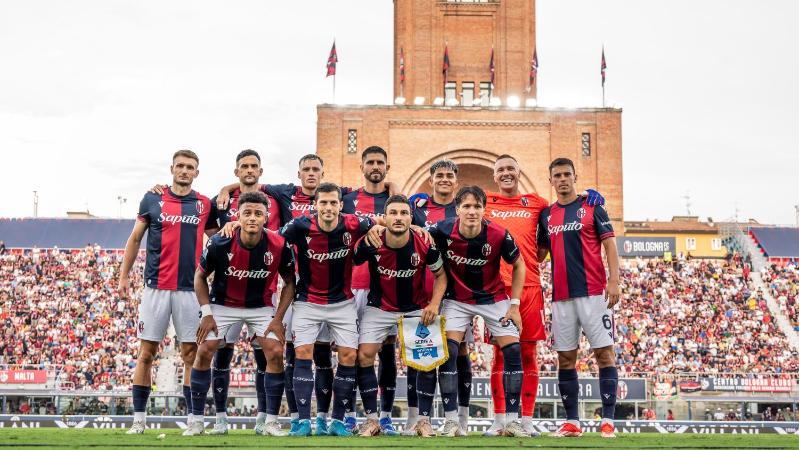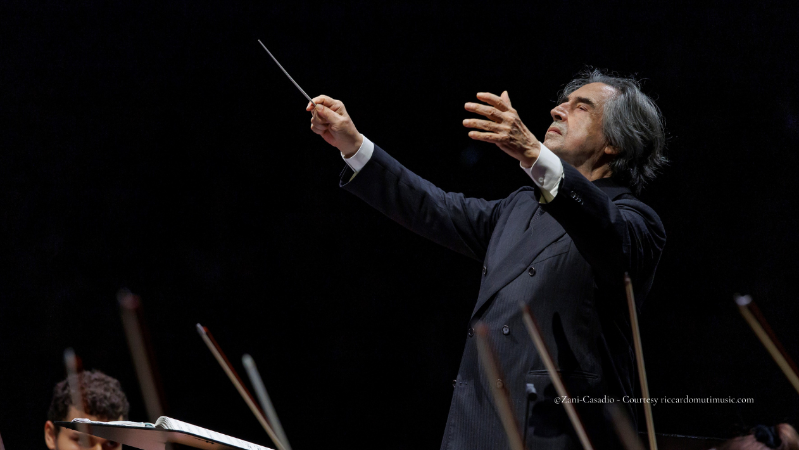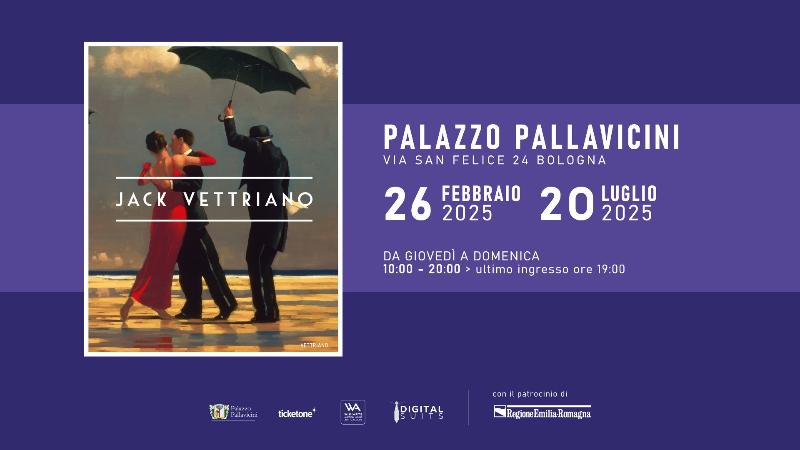The exhibition "Medioevo svelato. Storie dell’Emilia-Romagna attraverso l’archeologia" (Revealed Middle Ages. Stories of Emilia-Romagna through the archaeology) narrates in a new and original way the events through which the Goths, Longobards, Byzantines and new centres of power (castles, monasteries, places of worship, and Municipalities) have written the history of the Emilia Romagna region from the ancient world to the modern age. The exhibition analyses the changes caused by the rise of the new Goth, Byzantine and Longobard ruling classes in this region and its cities covering almost 1000 years, from the late Antique age (IV-V centuries) to the Middle Ages (early XIV century). The transition affected every aspect of the political, economical, social and cultural life, representing a decisive moment in the creation of new power assets and identities. The exhibition is divided into 6 sections and features over 300 artefacts found during the archaeological research carried out over the past 40 years. There are the silver “missorium” from Cesena (a dish with a symbolic-celebratory use) testifying the wealth of a land owner in the late Antique Age, the “fibulae” from the Goth period found in Imola, the Longobard artefacts found in the necropolis of Ponte del Rio di Spilamberto, the silver vases dating back to Byzantine times from Classe, the wooden glasses found in Parma and the majolica bowl coming from the façade of San Giacomo Maggiore church in Bologna. A calendar of guided visits, conferences and a programme of films curated by Fondazione Cineteca di Bologna are completing the exhibition (read more - in Italian). "Medioevo svelato. Storie dell’Emilia-Romagna attraverso l’archeologia" is curated by Sauro Gelichi and Luigi Malnati. It is promoted by Soprintendenza Archeologia, belle arti e paesaggio per la città metropolitana di Bologna e le province di Modena, Reggio Emilia e Ferrara, and Istituzione Bologna Musei | Musei Civici d'Arte Antica, as part of the cultural programme "2200 anni lungo la Via Emilia" (2200 years along the Via Aemilia) which celebrates the foundation of the Roman colonies of Reggio Emilia, Parma and Modena. Further information and updates www.museibologna.it/arteantica
Show more





